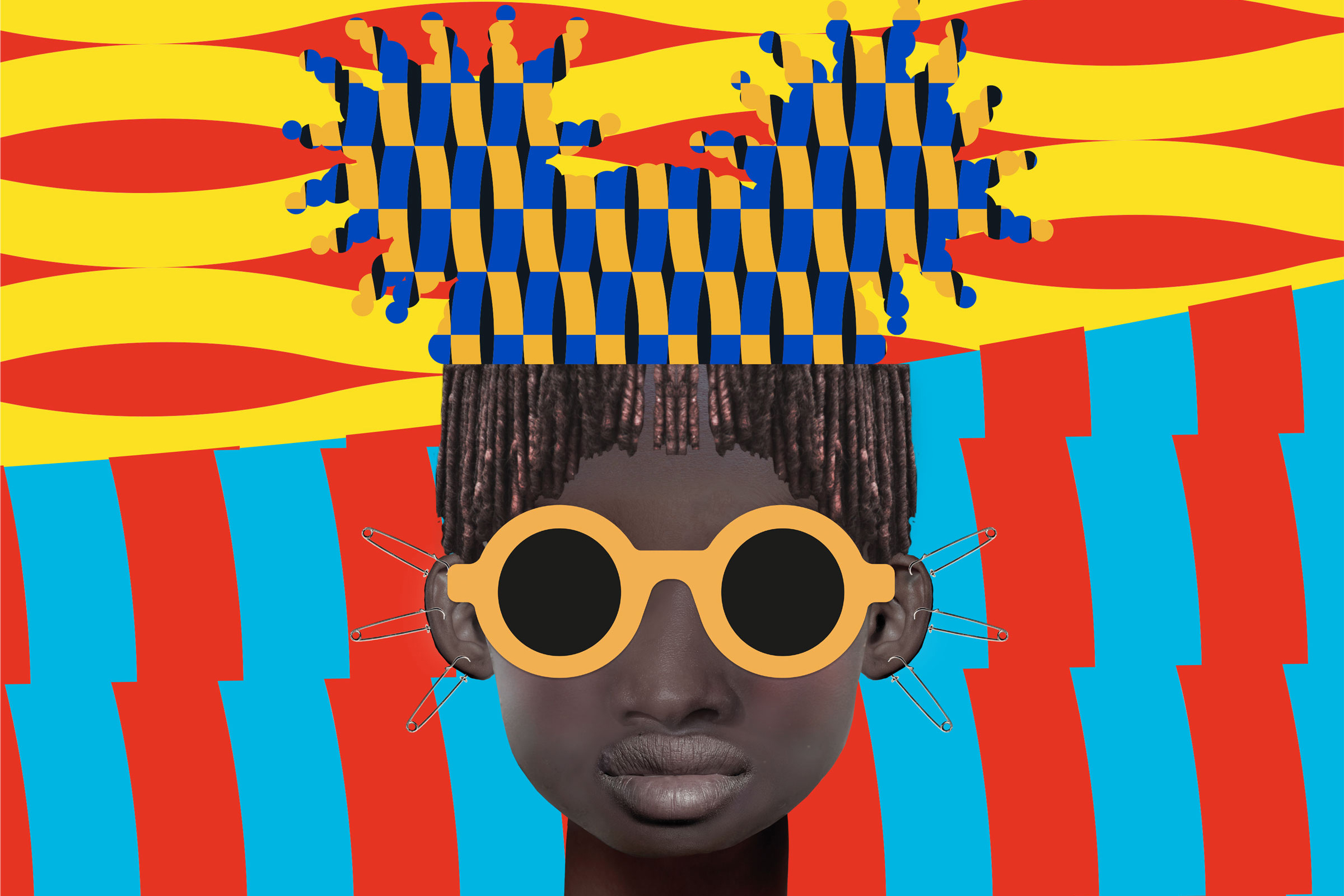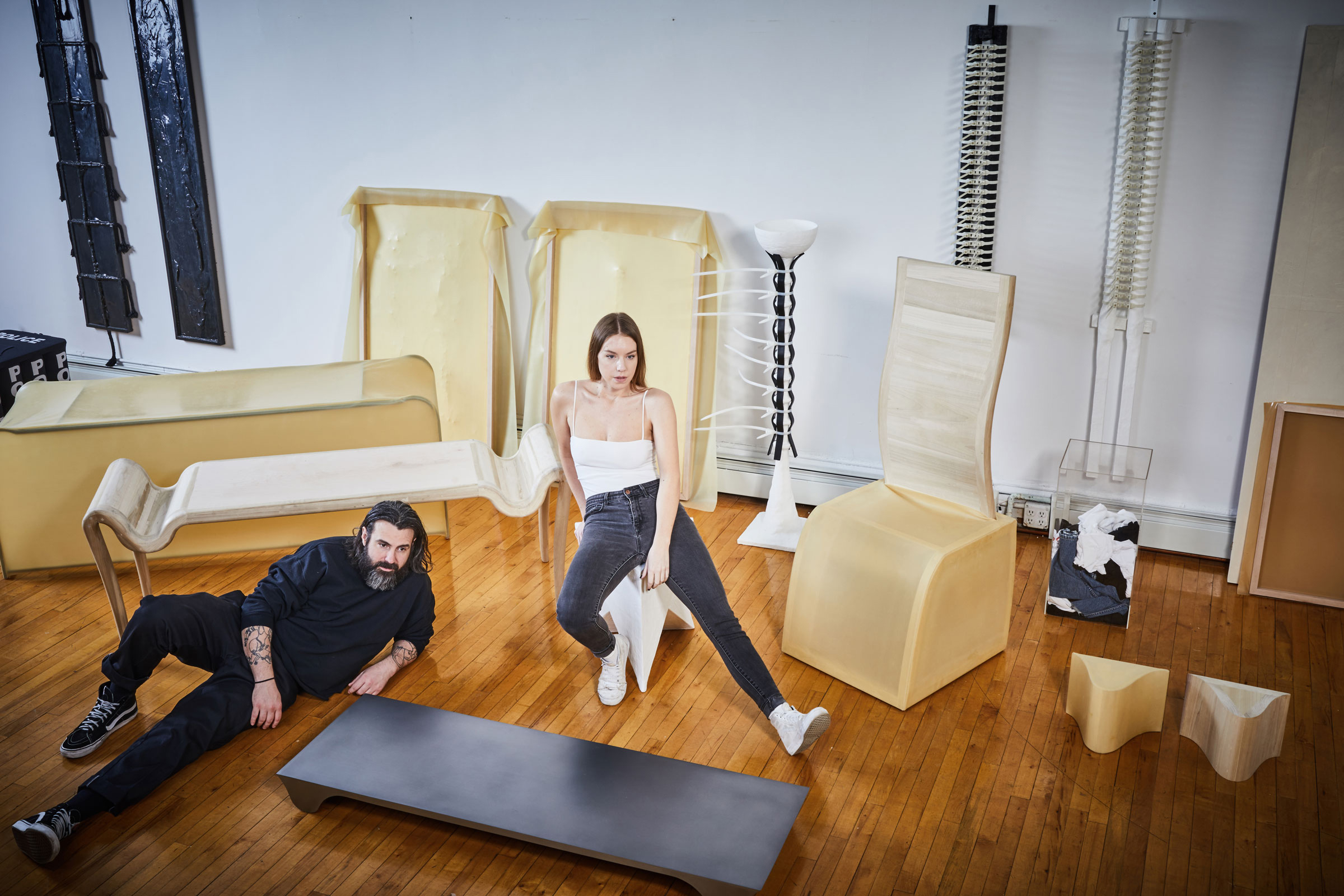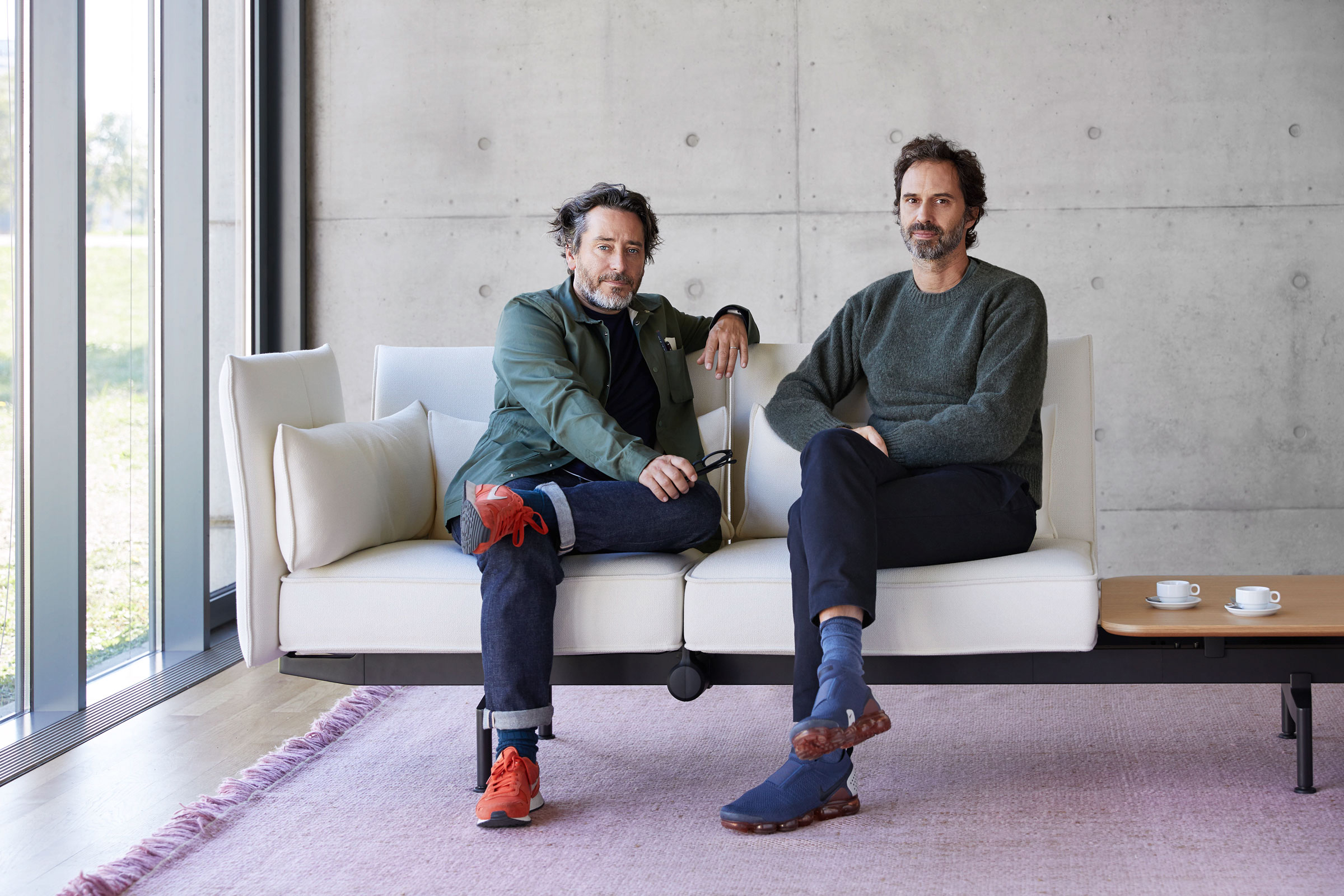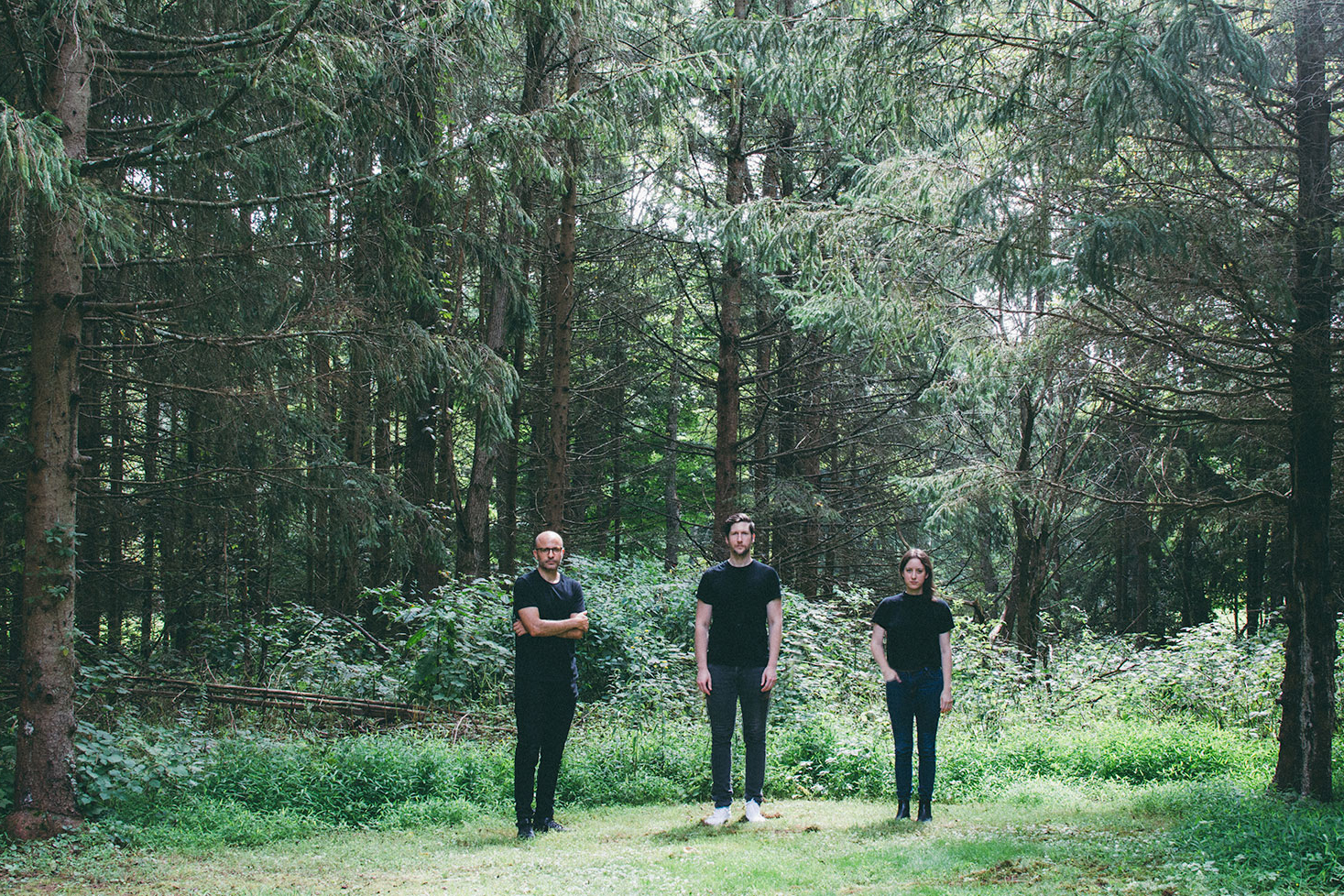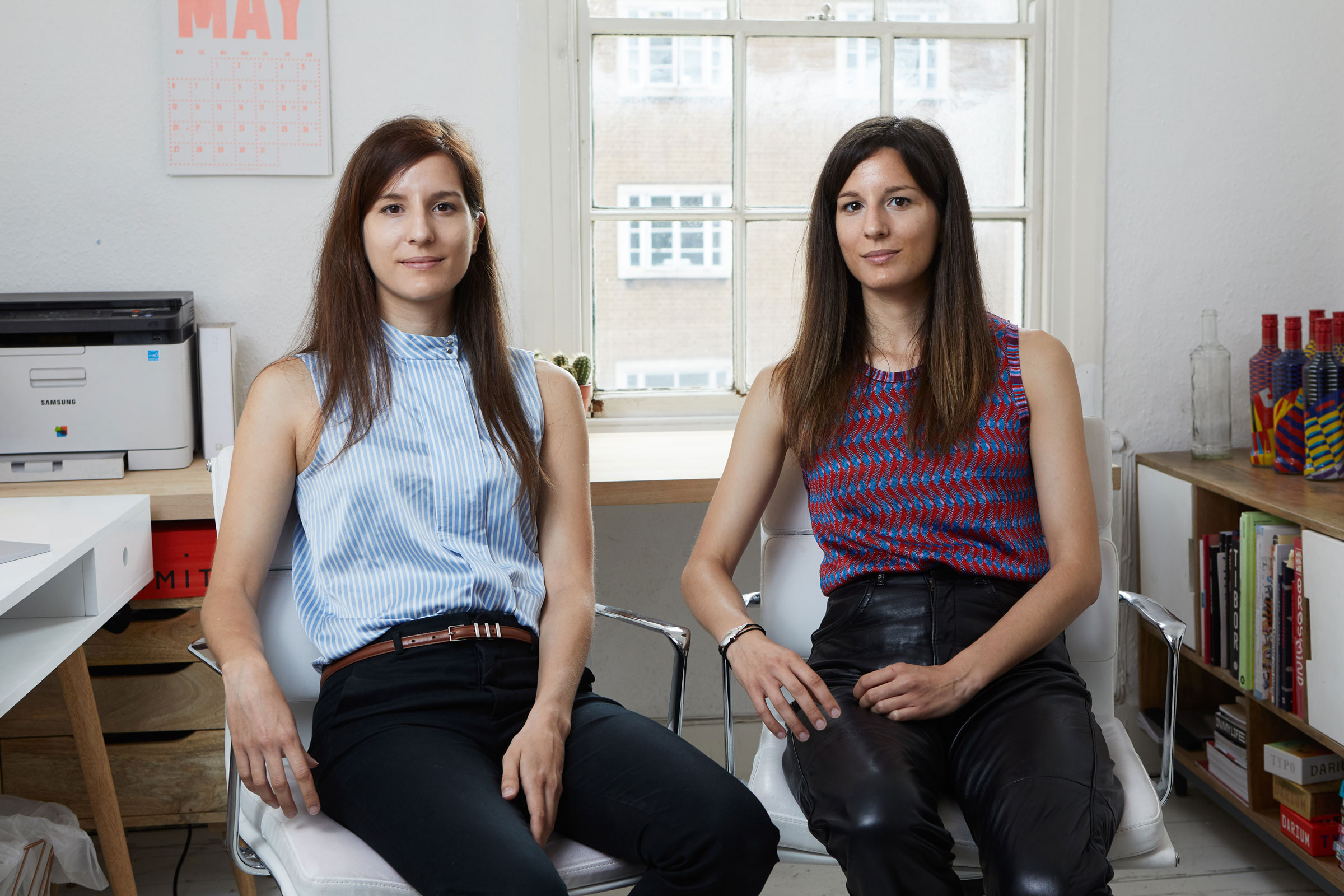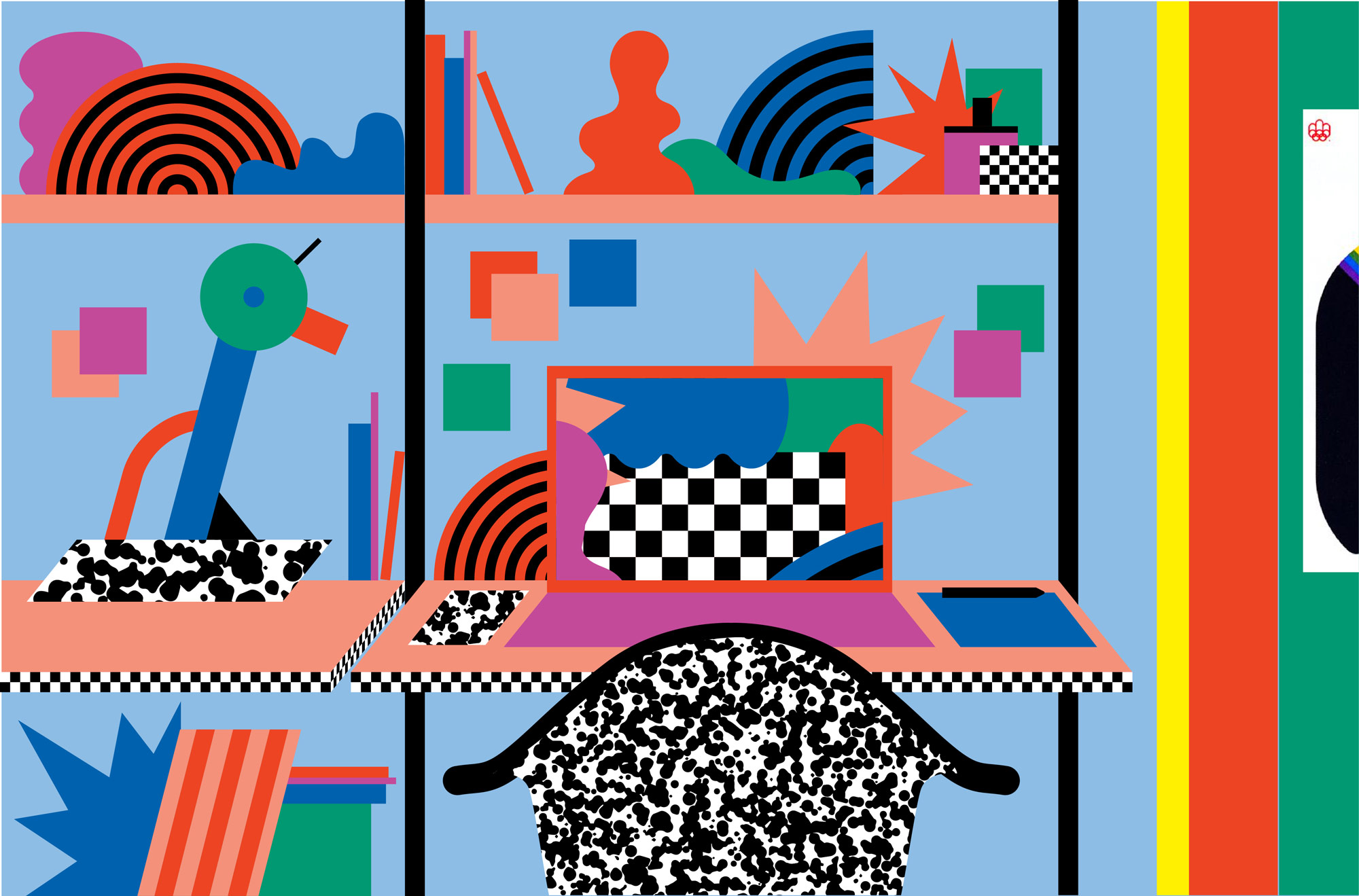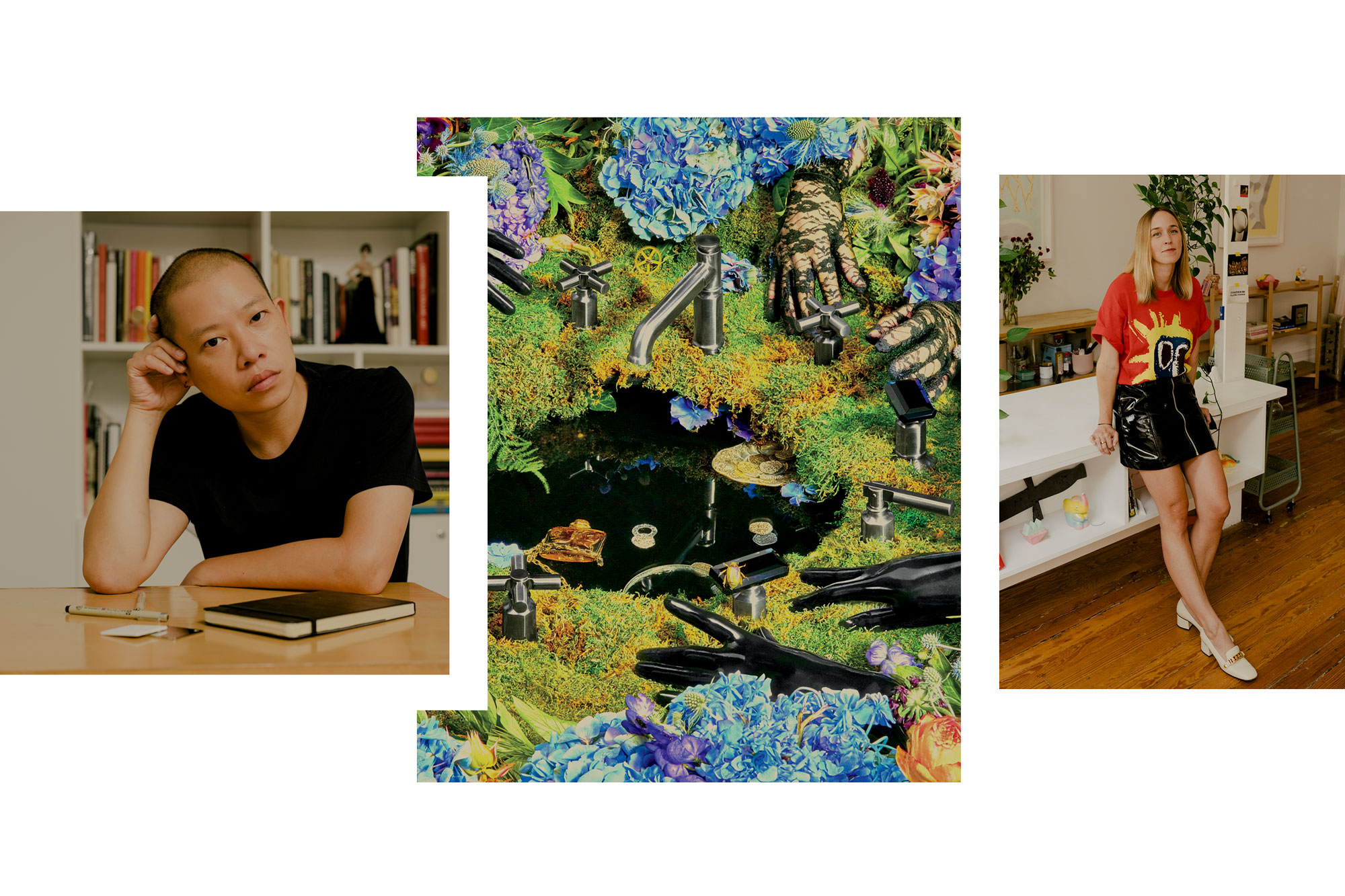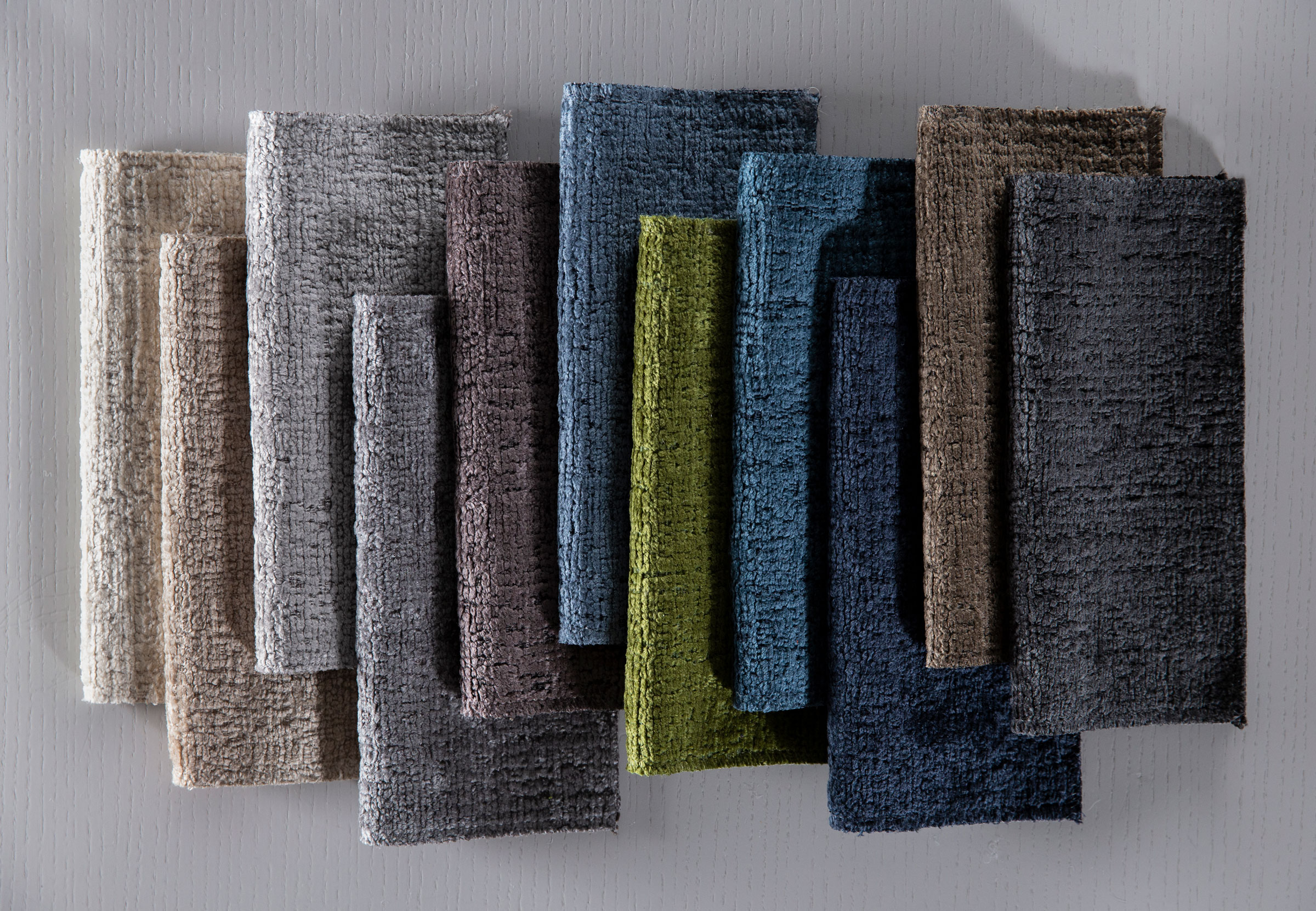Five creative duos share a bit of insight around what they wish they knew earlier about long-term collaboration.
***
- Photo courtesy of Material Lust
Christian Swafford, Material Lust
The person you’re dating and the person you’re working with are two different people. You have to learn to collaborate with each other’s “work” version of yourselves, and the faster you learn each other’s boundaries, the better. When it comes to boundaries, having defined “work” hours and “play” hours is vital to making our relationship thrive. You can never really stop talking or thinking about your creative practice, but the mandatory breaks make it easier to step back and gain perspective. What’s special for us is that all of our creative output goes through a rigorous in-house critique before it’s released. The two of us can find easier compromises, since ultimately, the work is finalized by a third party.
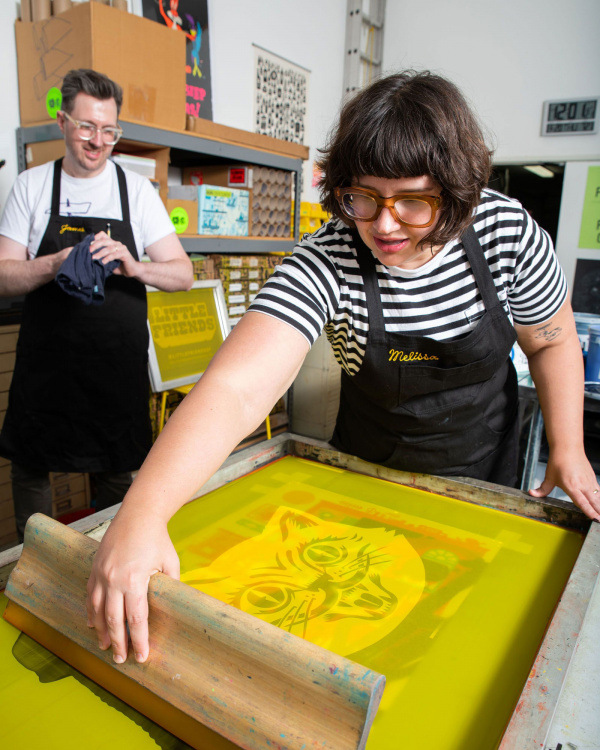
Photo courtesy of The Little Friends of Printmaking
Melissa of Melissa and JW Buchanan,
The Little Friends of Printmaking
If I’d had a lick of perspective about how long and happy our working relationship would be, I’d never have fought about trivial design stuff. When we were starting out, we had fights about tons of things, big and small. They always boiled down to two fears. The first was that no matter what project we happened to be working on, it could be the last time we’d be asked to work on something like this. And so, if this is the first and last time we’re doing this, then we’re doing it my way and I will accept nothing less—and how dare you, sir? The other fear was that if you weren’t getting your way right now, the precedent would be set and you might never get your way ever again. Fast-forward 20 years, we’ve designed thousands of things together and we’re still experiencing firsts, but we’ve gotten rid of all the fighting.
Related | Award-Winning Illustrator Shanti Sparrow’s 8 Tips for Design Success
- Photo courtesy of Barber Osgerby
Edward Barber of Barber Osgerby
You have to be good friends to even consider working with someone. Beneath our working relationship is a friendship similar to that of siblings, so we always have each other’s best interests in mind. We respect each other’s opinions and ideas. If one person in a design partnership has aspirations to be more of a star than the other then forget it. The back and forth of collaboration and constant accountability can be challenging, but it really keeps us both striving for high standards. It also allows for unexpected results. When working with a long-term collaborator there are many things that don’t need to be said, and there are efficiencies in that. However, if we disagree on project direction (which regularly happens), it helps us explore the project in more depth. This almost always results in something unexpected.
- Photo courtesy of Datalands
Liz Meyer of Datalands
One of the most important things about working in creative teams is to understand each other. Be open, honest, transparent, and talk. Let time do the rest. If you’re together for good, you’ll succeed! At the end of the day, be friends with your partner. If you can’t enjoy their company and communicate openly, the partnership is not likely to continue.
Related | 8 Ways to Conquer Creative Block, According to Professional Creatives
- Photo by Karl Brigeman
Eva Yarza of The Yarza Twins
When you are negotiating (for anything in life), it doesn’t mean one of you has to give up everything and the other one will win. It means both of you need to agree on a middle point that half satisfies both of you. In the creative industry, this has a specific positive effect. Differing ideas mean you both have to really develop them. In these cases, you can often surprise the client with two completely different routes and have them select their favorite. Collaboration is at the base of all creative partnerships—it exposes your ideas to other talented people. When diverse ideas meet, you can make something extraordinary happen, together.
